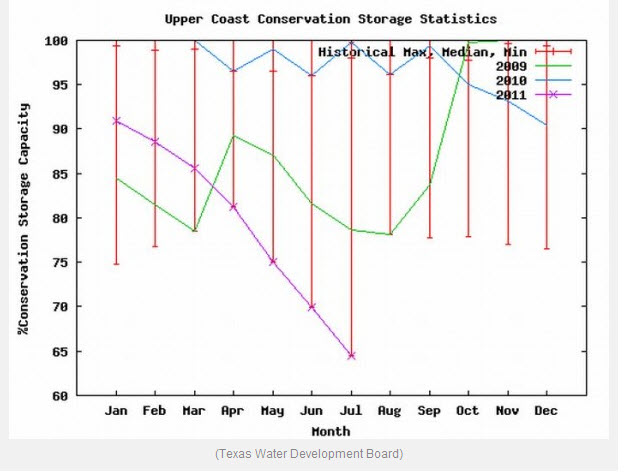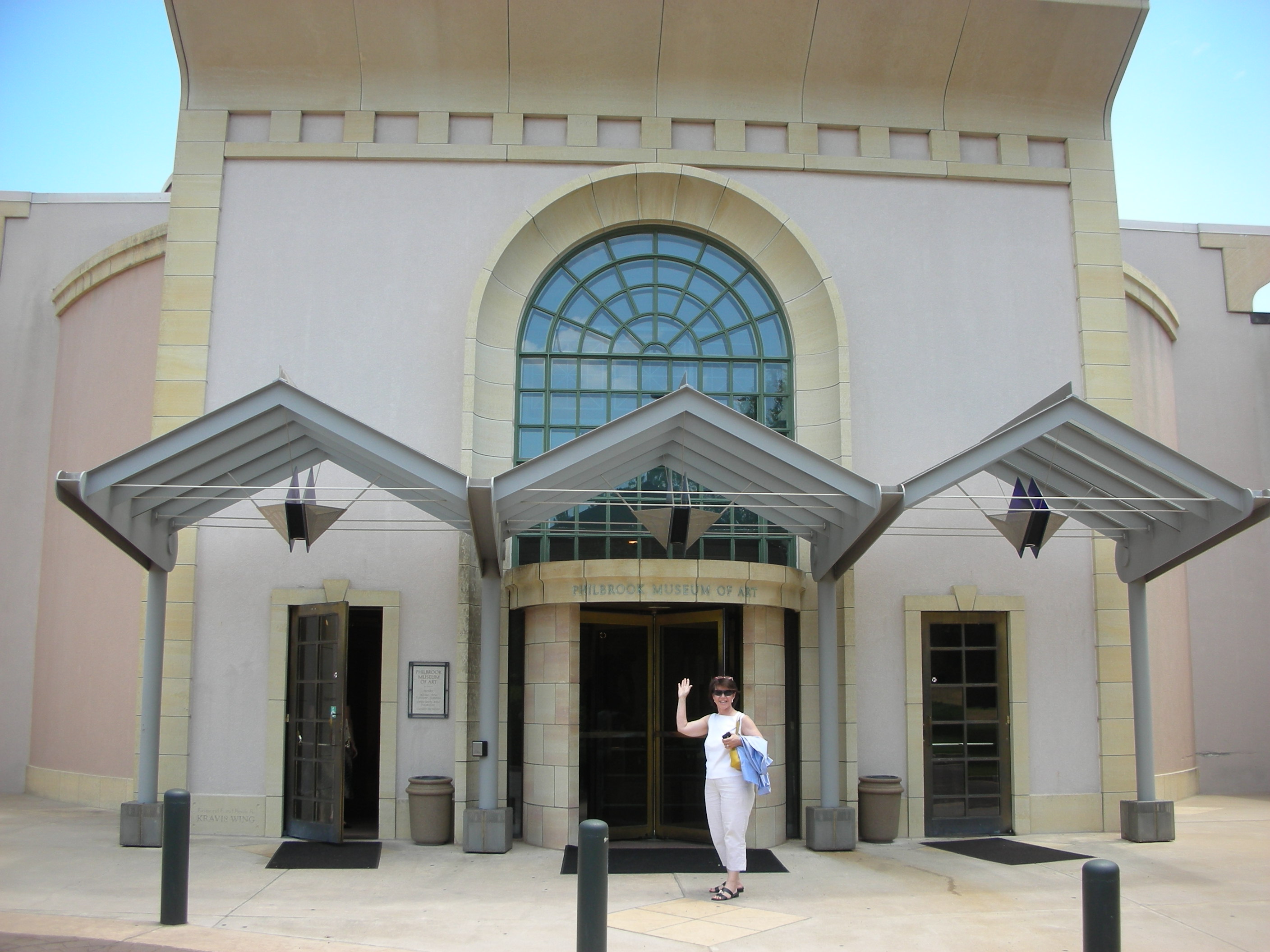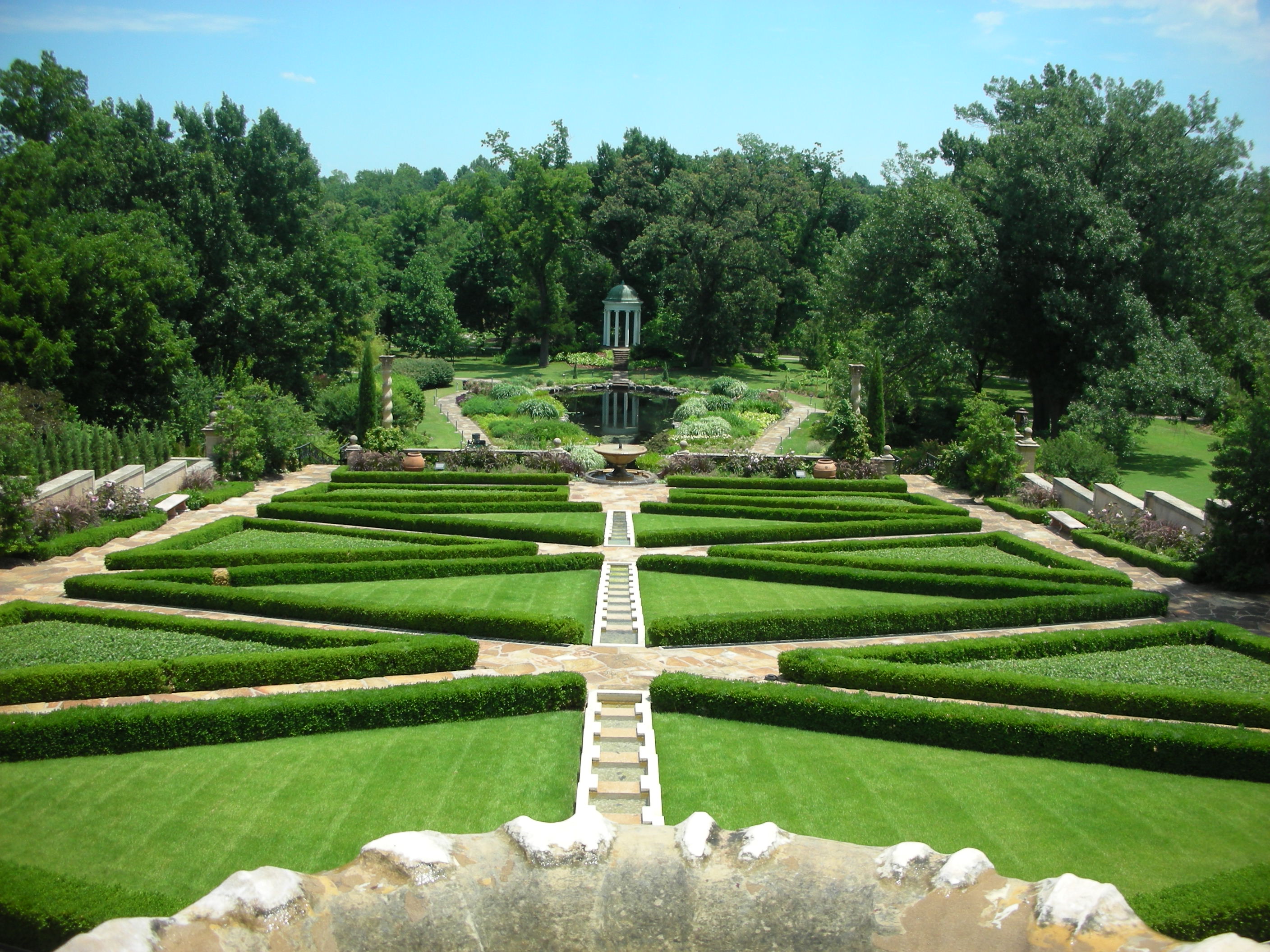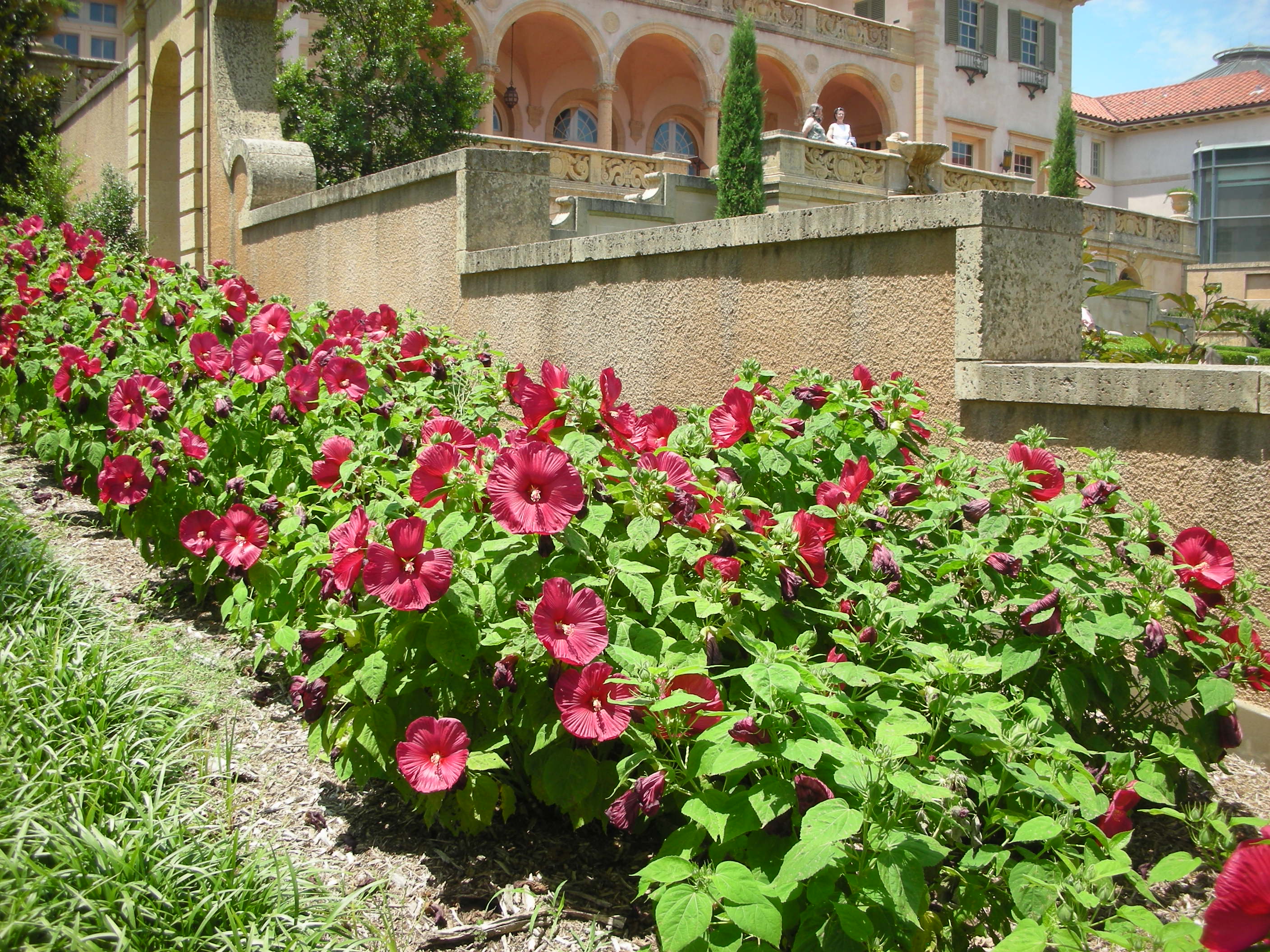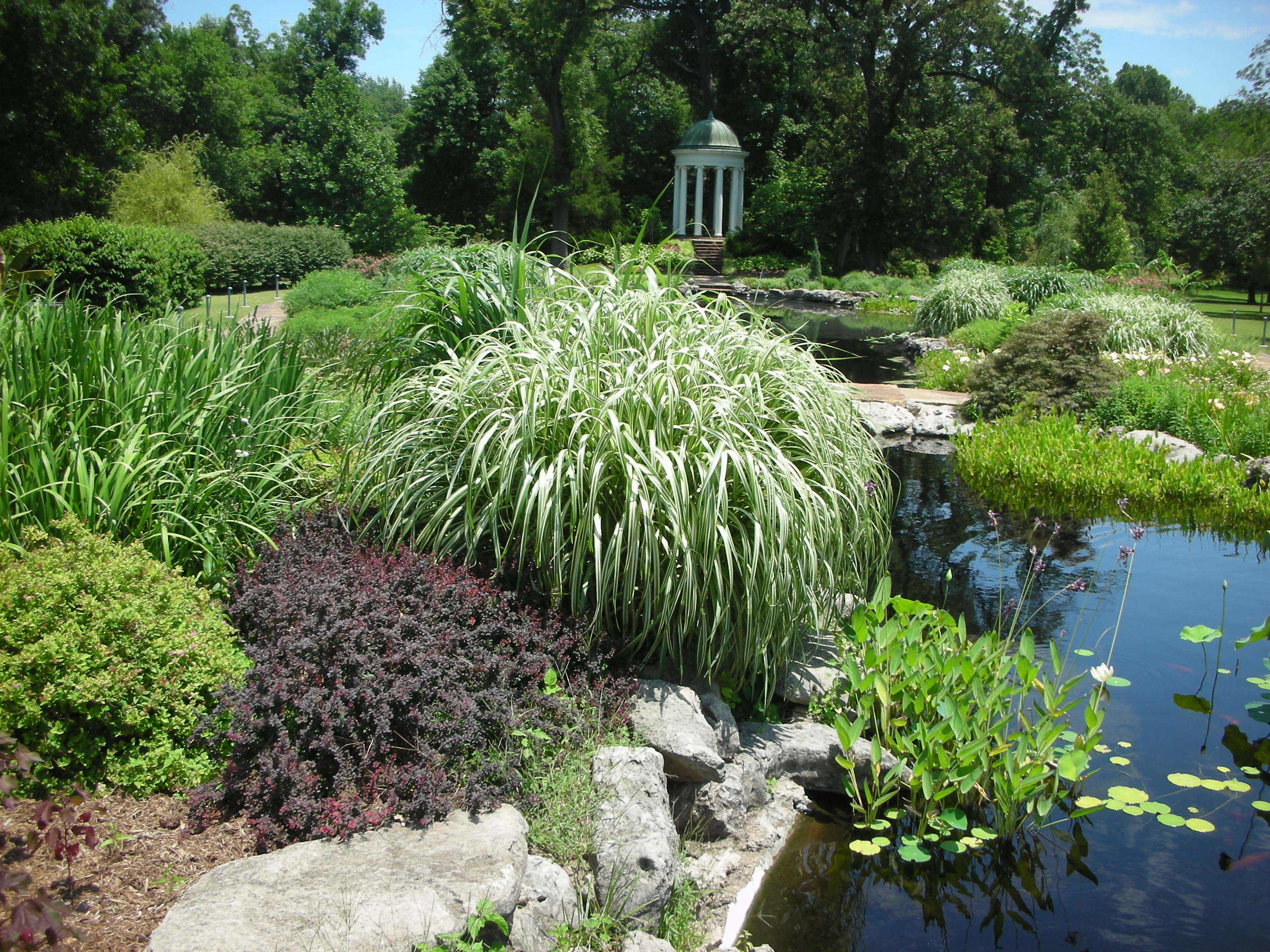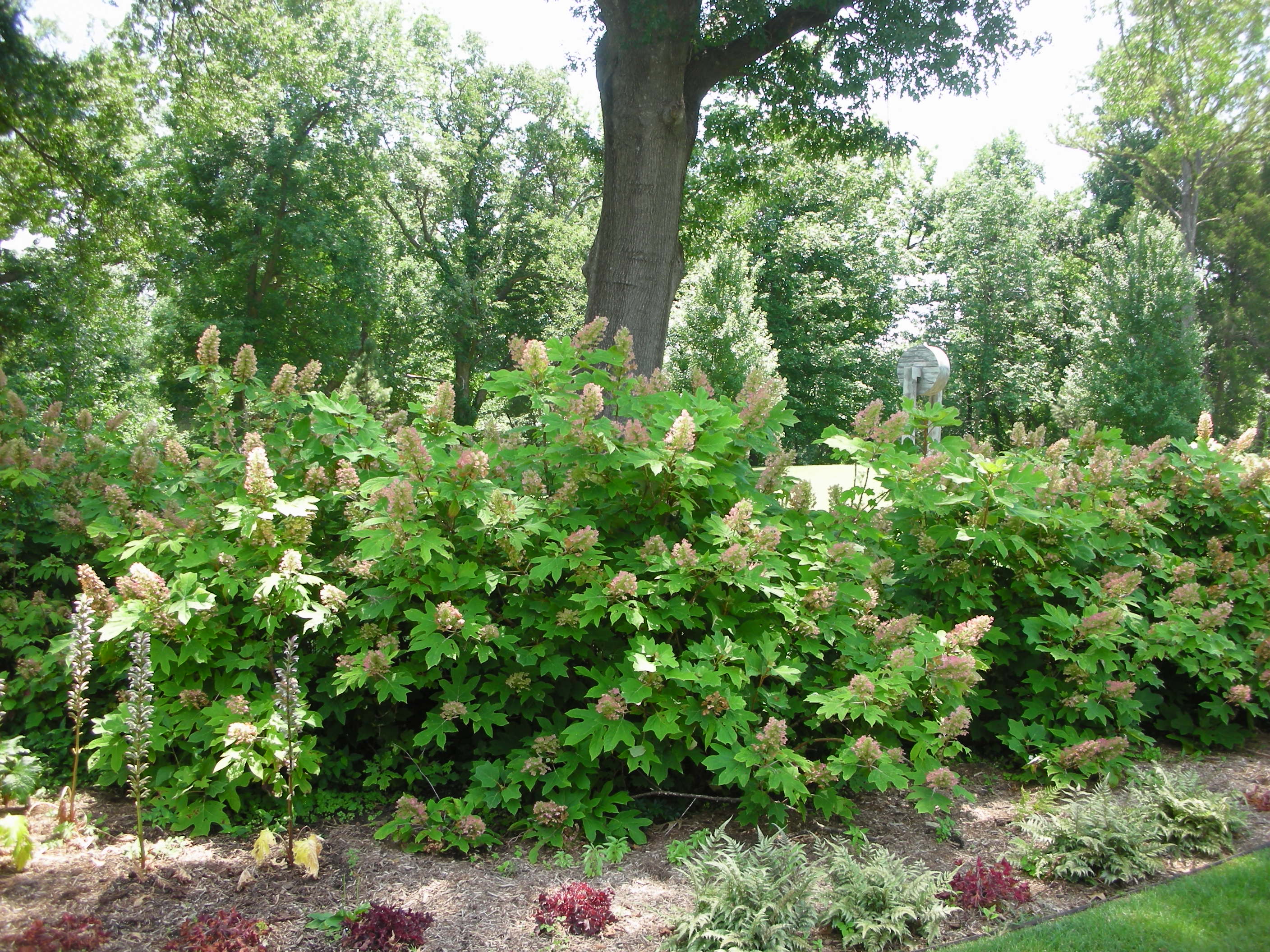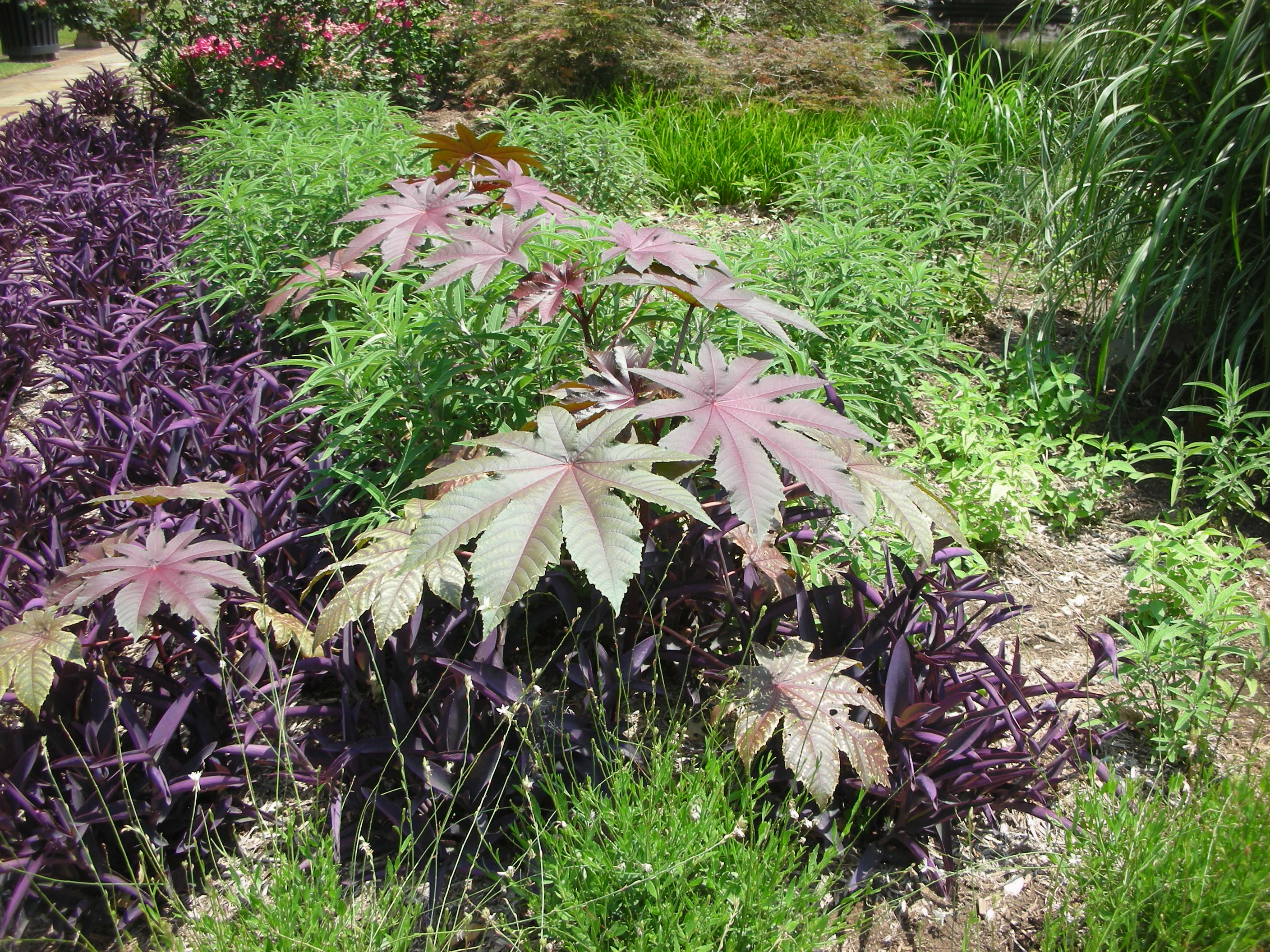Right now, times are tough and everyone is looking for ways to save money. Gardeners are no exception. Gardening is a lot of fun and almost 5 million Americans practice some sort of gardening at their homes. However, if you are not careful, your little garden can wind up costing you a lot of money. Whether you grow vegetables or ornamentals, these timely tips will allow you to get the most out of your garden without draining your bank account.

A bunch of narcissus and oxbloods given to me by a friend
Publicize – If you love to garden, tell people. You will be surprised how much stuff people will give you once the word is out that you like to grow stuff. I have a friend that inherited an old home. The previous owners were avid gardeners and the abandoned yard is full of heirloom plants and bulbs. When she found out that I love old fashioned plants, she told me I could have anything I could dig up. So far I have harvested literally hundreds of daffodil, spider lily, oxblood lily and crinum bulbs. I have also transplanted some yaupons. I am going back this fall to get some flowering quince and crepe myrtles.

My row garden with hay mulch
Mulch – If you have read much of my blog, you know I am a big fan of mulch. Mulch reduces the amount of water you use, so lower water bills. It also suppresses weeds, so less is spent on herbicides. Mulch can be expensive if you buy it in bags. That’s why I never do that. I buy my mulch in bulk. Each year I buy three different types of mulch. I get hardwood mulch from my local landfill. I drive up in my truck and they load me up. I pay a very modest 1 cent per pound for this mulch. I use this hardwood mulch in my flower beds in the early spring. I buy it then because the “mulch” that is in the landfill has generally been sitting there composting since fall. So, if you buy in early spring, you get mulch that already has a good percentage of it that has already turned to compost.
I also buy mushroom compost in bulk. I get mine delivered from a local firm. While it is a little pricey initially, it is the best money I spend all year. My last load of mushroom compost cost me $320 for a ten cubic yard dump truck load. While it is technically compost, I use it much like you would use mulch. I practice no till gardening in my kitchen garden. I simply put several inches of this on top of my beds either right before or after planting. Even though it is pre-composted, it continues to break down in the garden and supply vital nitrogen and other essential nutrients to the plants. It also suppresses weeds and conserves moisture.
I also use a lot of hay as mulch in my vegetable gardens. Hay can be expensive if you buy the little square bales. However, you can usually find round bales for anywhere from $50 to $80 and the farmer will usually deliver. A round bale contains as much hay as 10-12 square bales. When you buy hay or straw to use as mulch, be sure to ask the farmer if it has been treated with any herbicides. Some of the herbicides sprayed today can linger in the hay and will kill your vegetables if used as mulch.

Several trays of azelia cuttings that I helped a friend of mine prepare
Propagate – Propagation is by far the cheapest way to increase your plant material outside of someone giving you plants. Propagation is generally pretty easy. A quick Google search will provide you with very good instructions and very good videos to watch so you can see exactly how it is done. Some plants are incredibly easy to propagate. Roses are one of these. Other plants that are very easy are coleus, sweet potato vine, lantana, coral honeysuckle and many more. Also, all of the bulbs that naturalize here can be divided every two or three years. Simply dig them up in the fall, pull them apart and replant.

An old "cowboy bathtub" repurposed as a planter
Reuse – My wife and I are “junkers”. We love going to garage and estate sales. We find a lot of very useful things for the garden at very cheap prices at these sales. Almost all of my gardening tools came from estate sales. So did my big tiller. Another thing that we are always on the lookout for are old galvanized buckets. We use these as planters. We also buy almost every terra cota pot that we find.
Compost – If you don’t have a compost pile, start one. Compost is truly an amazing gift to your garden. It is easy to make and it does so much for your plants and your soil. There are a million ways to compost, so pick one and just do it. I make my own compost. However, I just don’t generate enough to meet all of my needs. However, I garden on a fairly large scale. If you have a small garden or if you only grow in containers, you can probably make enough free fertilizer and soil conditioner from your kitchen and yard waste to meet your needs.
Be creative – I love to tackle little landscaping projects around my house. I would do a lot more if landscaping materials weren’t so expensive. Since I don’t have a large budget to support my hobby, I am always looking at magazines and other landscapes to find cheap alternatives for my landscaping designs. A perfect example of this happened the other day. While at a garage sale, my wife found a HUGE box full of those old glass insulators from electric lines. We bought the whole lot for $20. There were well over 100 insulators in the box. We are going put Christmas lights inside them and use them to line one of our paths. We will have a very cute and cool night light set up in the garden and all it will wind up costing us less than $50.

My wife enjoying a Framer's Market in Tulsa, Ok
Buy off season – Right now is the best time to buy perennials. Nurseries that have not sold all of their spring stock now have whatever is left DRAMATICALLY marked down. You will find sales of up 75% off at most nurseries and garden centers right now in the hottest part of the year. Sure the plants you buy will need a little extra TLC to get them safely into the fall, but for 75% off, the extra TLC is worth it.
Sell your harvest – Finally, if you do so well in your frugal garden that you can’t use all that you grow, sell it! That’s right. Sell the bounty from your garden and actually make a little on your hobby. Right now, the demand for locally grown, organic produce and flowers has never been higher. Just about every city and town in America now has a Farmer’s Market of some kind. Booth rent at these markets is usually very low and you will be surprised at how much you can sell.


